Home > Carl Hansen > Lounge Chairs > CH101 chair
15% off with DESIGN15
The CH101 Chair is a luxury product reintroduced in 2008 for the hundredth anniversary of Carl Hansen & Søn. It had been published for the first time in 1970, but only in very small quantities. The CH101 armchair matches the CH102, CH103 and CH104 sofas, as well as the CH106 and CH108 coffee tables. The structure is a solid beech frame. The cushions, reversible and fully covered in leather, are built on a foam core surrounded by a mixture of down and foam granules which ensures great comfort. The feet and the visible frame are made of stainless steel.
Dimensions 78 x 77 x H71 cm – seat height 43 cm, armrests height 61 cm
Seat / backrest / cushion CMHR fire-resistant cold foam, leather upholster
Base stainless steel
CH101 Chair
from
Thor leather 301 (price group B)
Thor leather 306 (price group B)
Thor leather 307 (price group B)
Free samples (against deposit)
leather Loke – price group A
The Loke leather is a buffed, embossed ox hide with a coated surface. Hides used for this type of leather are sanded to uniform thickness and then embossed to achieve a uniform surface without visible scares or other marks. Finally, a top coating is added to give the leather a protective layer. This type of leather has a pleasant surface with low breathability. The advantages of Loke are that it requires low-maintenance and resists most stains and fading from sunlight. We recommend this type of leather for homeowners who want easy maintenance at the lowest possible cost, as well as for restaurants, hotels, public spaces etc. Loke is available in. many colors.
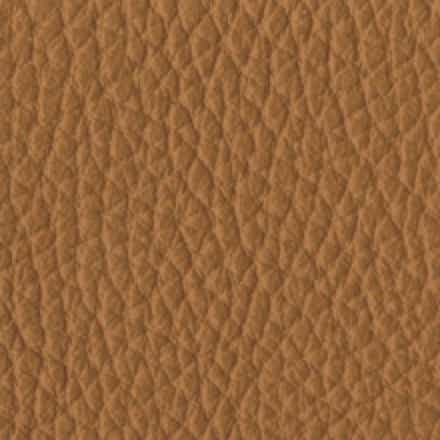
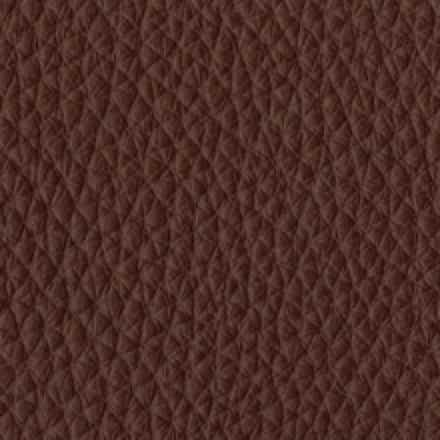
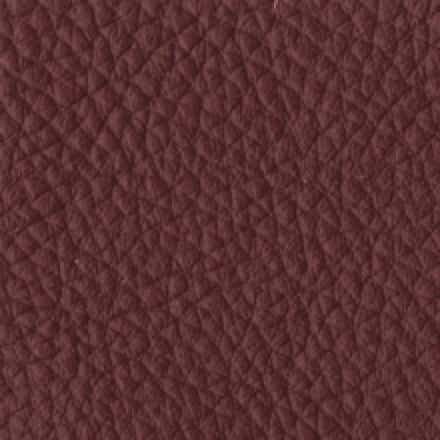

Loke 7050
Loke 7060
Loke 7100
Loke 7110
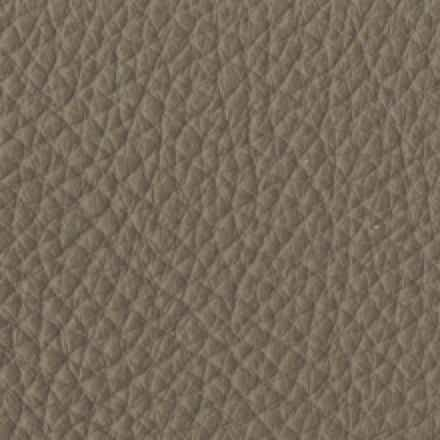
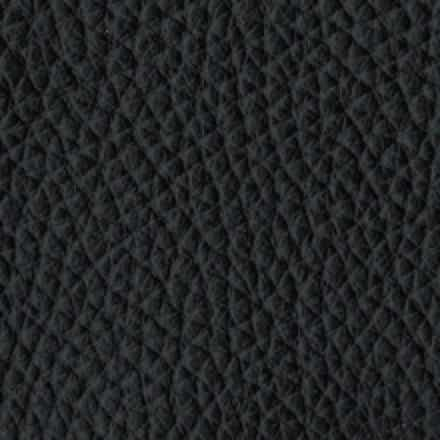
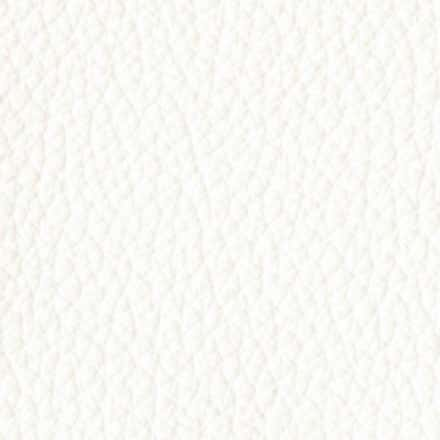
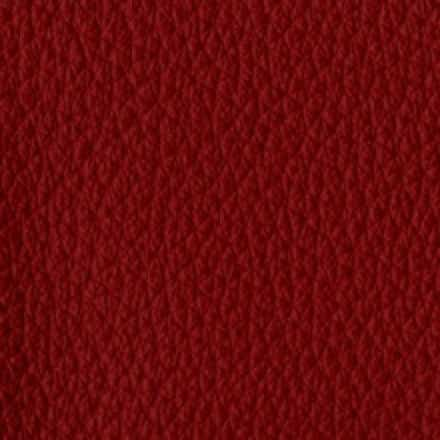
Loke 7140
Loke 7150
Loke 7160
Loke 7170
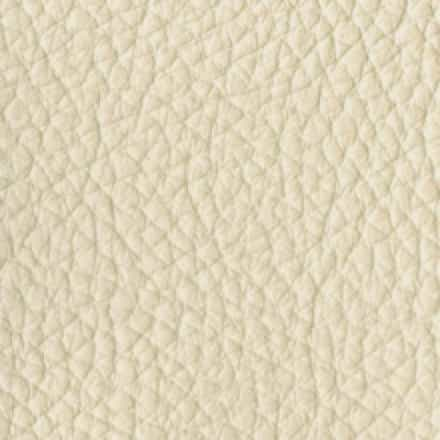
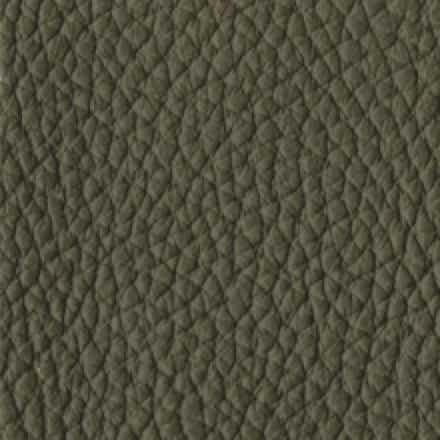
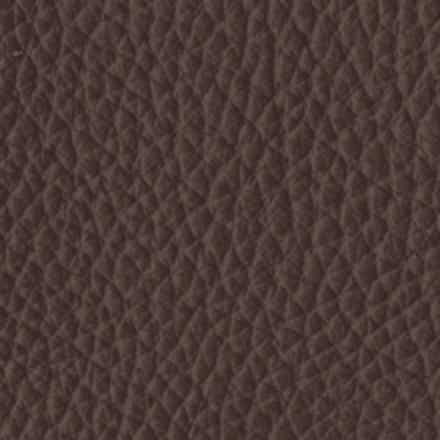
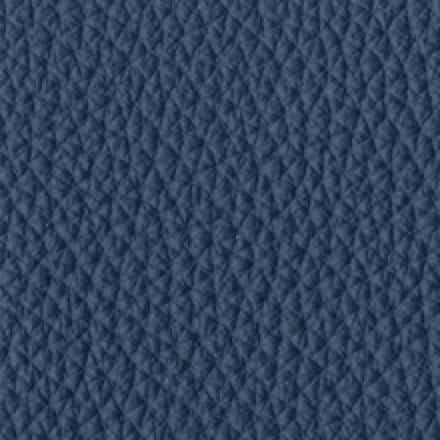
Loke 7210
Loke 7240
Loke 7270
Loke 7310

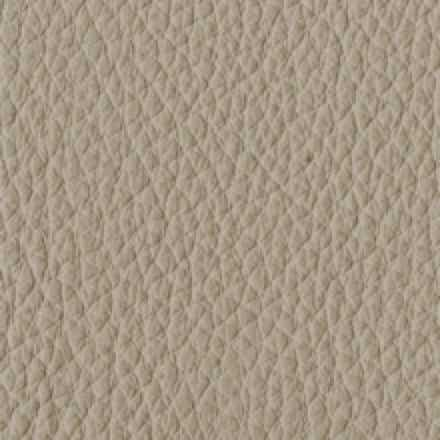
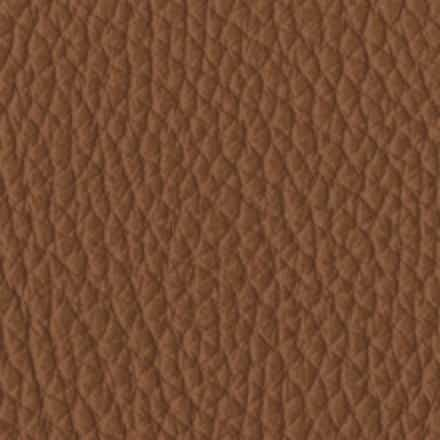
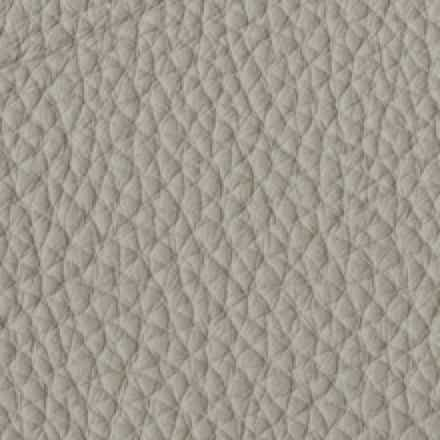
Loke 7732
Loke 7744
Loke 7748
Loke 7763
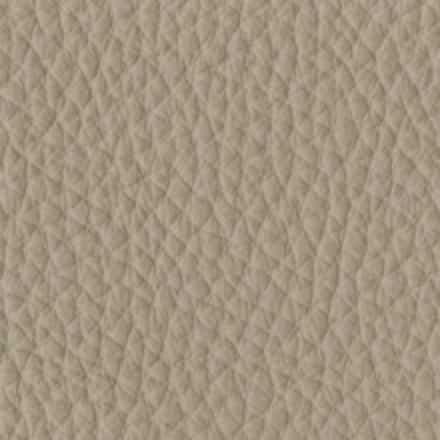
Loke 7766
leather Thor – price group B
Thor is a semi-aniline leather, with a natural unsanded grain, protected by a resistant finish (closed pores). The surface remains very homogeneous, but small marks and natural irregularities remain visible. The semi-aniline treatment consists of a layer of slightly opaque pigment added to a layer of translucent product, which makes it possible to homogenize the color and hide small defects. This leather offers an excellent compromise between quality and resistance. The maintenance is very easy and the touch is of good quality. Ideal for home use, even with children.
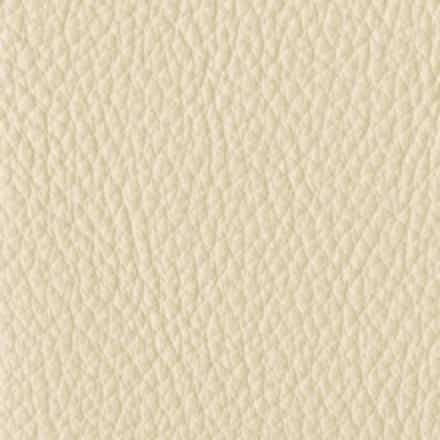
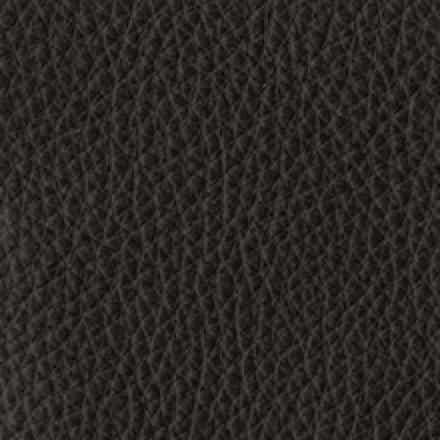

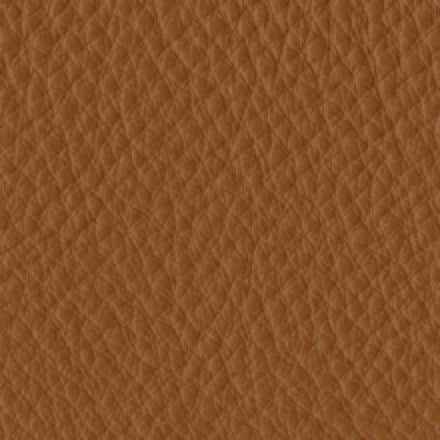
Thor 300
Thor 301
Thor 306
Thor 307
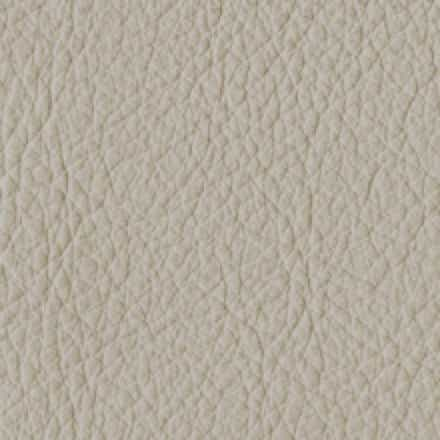
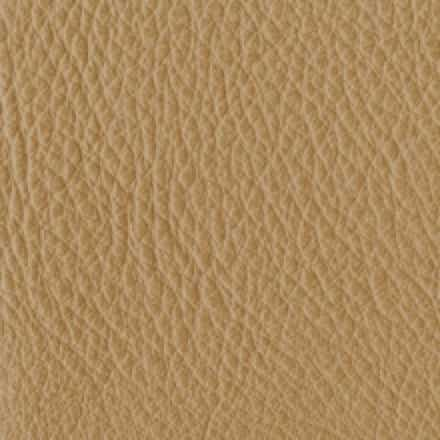
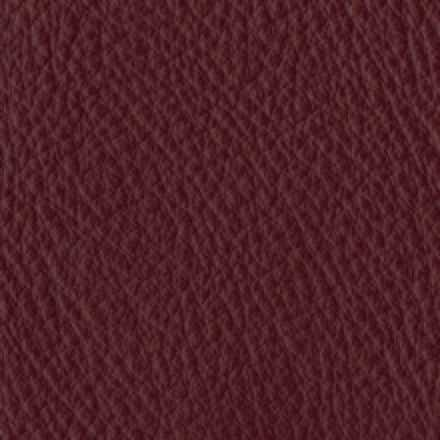
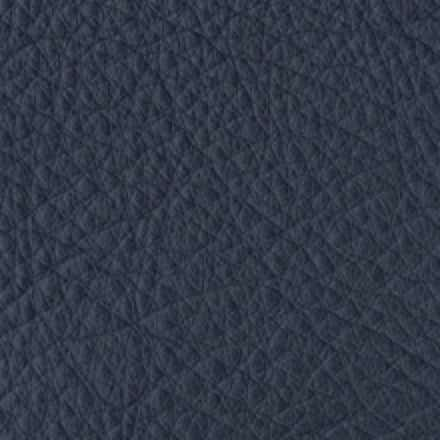
Thor 310
Thor 325
Thor 332
Thor 350
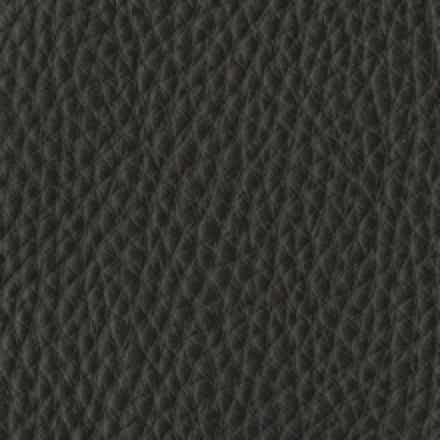
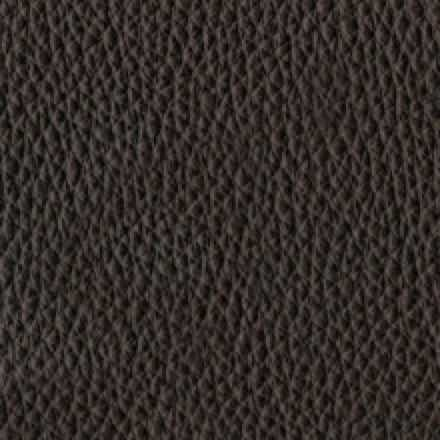
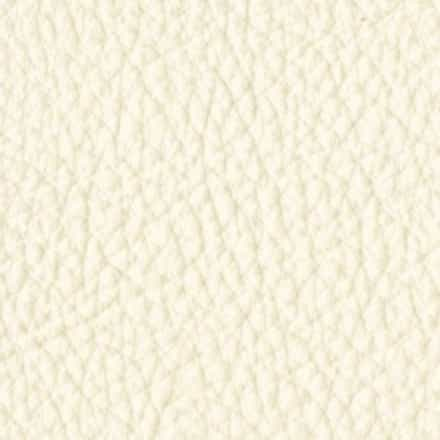
Thor 359
Thor 377
Thor 390
leather Sif – price group B
Sit is a full grain, uncoated pure aniline ox hide. Only the very finest hides are chosen. The tanning and dying processes are one and the same. No final pigmentation or coating are applied, so slight variations within hides and between hides may occur. Sif has the most exclusive touch and the highest breathability. It has the most natural surface structure which is whey scars or other marks may be visible. Be aware that the light or vegetal colours will age with patina and grace – however, they are also very susceptible to stains. The darker colours will fade somewhat if exposed to sunlight for a longer period of time. We recommend this type of leather for those who want the very best comfort and quality, and who love the graceful ageing of the very best leather.
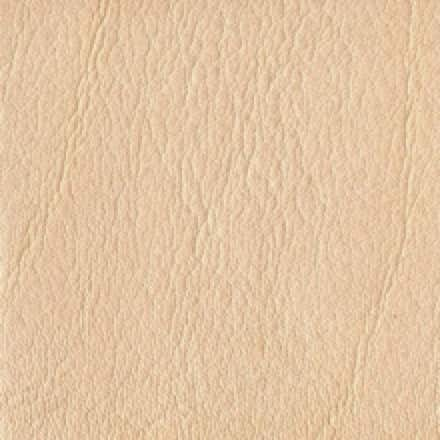

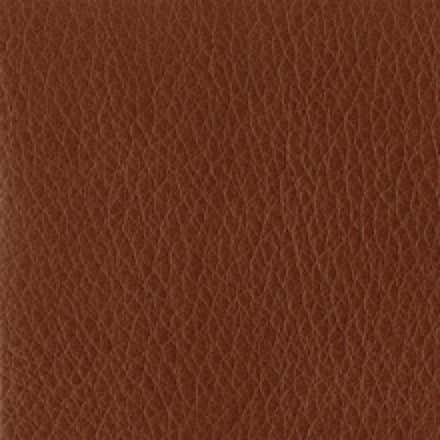
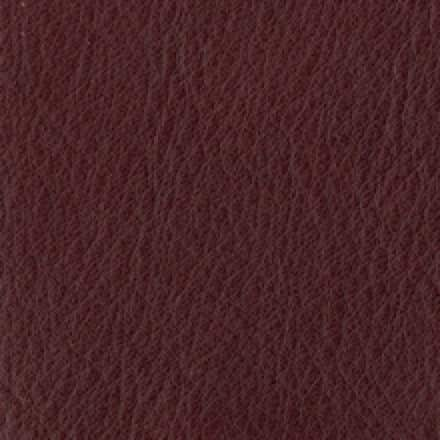
Sif 90
Sif 91
Sif 92
Sif 93
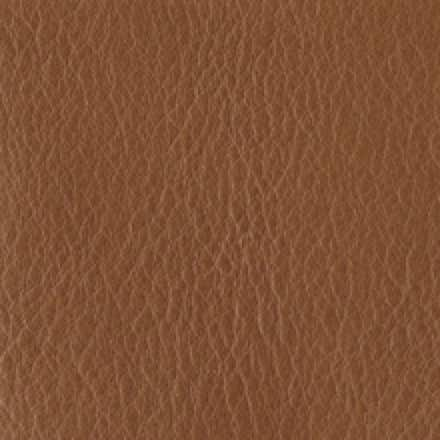
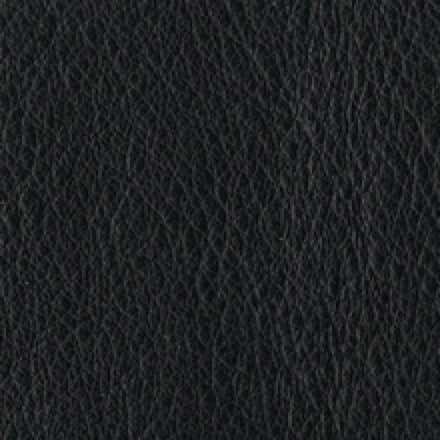
Sif 95
Sif 98
Hans J. Wegner

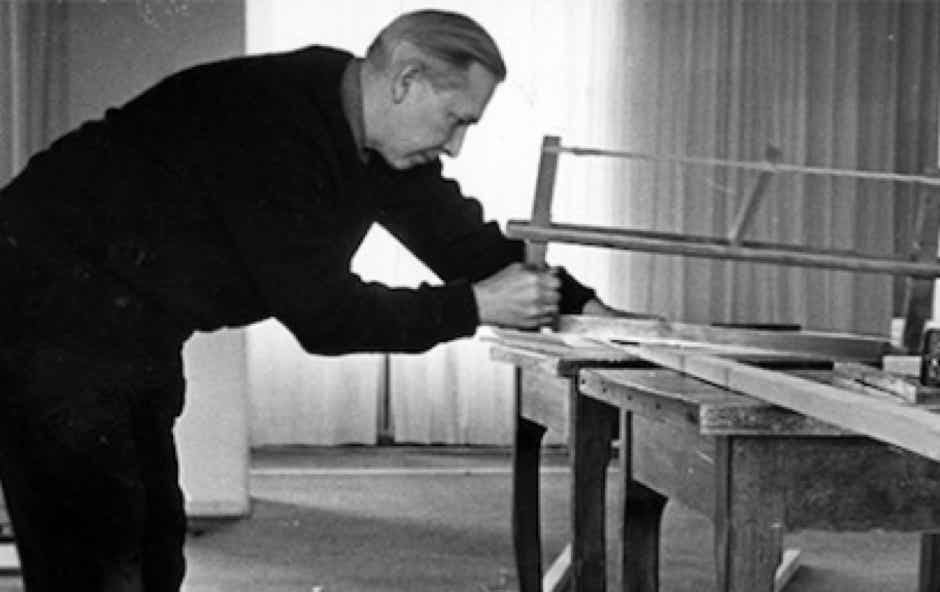
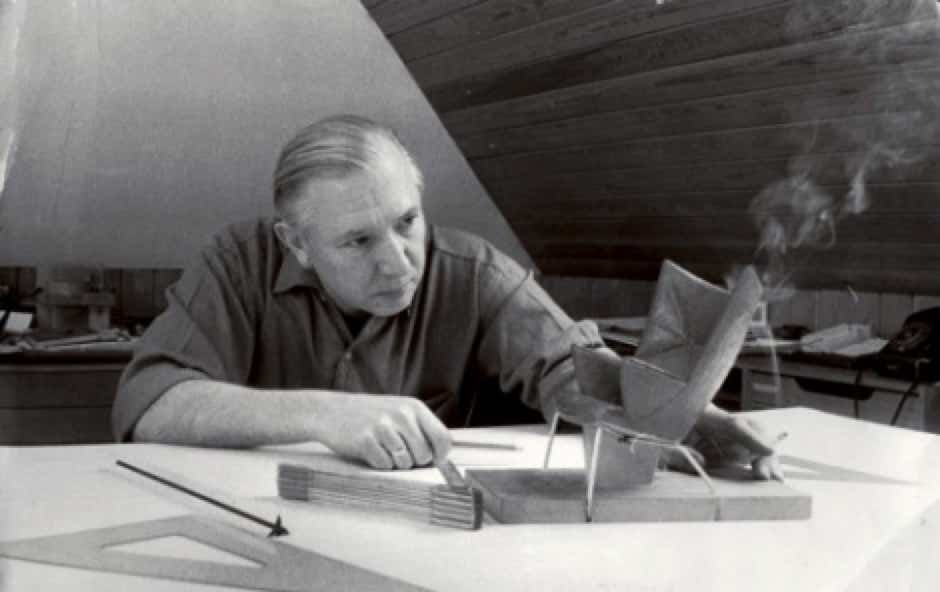
Hans J. Wegner was born in 1914 in Tønder, Denmark, the son of a shoemaker. At the age of 17, he finished his apprenticeship as a cabinetmaker with H. F. Stahlberg, in whose workshops Wegner’s first design experiments took form. He moved to Copenhagen as a 20 year-old, and attended the School of Arts and Crafts from 1936 – 1938 before he began working as an architect.
As a young architect, Wegner joined Arne Jacobsen and Erik Møller in Århus, working on furniture design for the new Århus city hall in 1940. It was during the same year that Wegner began collaborating with master cabinetmaker, Johannes Hansen, who was a driving force in bringing new furniture design to the Danish public.
The Copenhagen Museum of Art and Industry acquired its first Wegner chair in 1942.
Wegner started his own design office in 1943. It was in 1944 that he designed the first “Chinese chair” in a series of new chairs that were inspired by portraits of Danish merchants sitting in Ming chairs. One of these chairs, the “Wishbone Chair”, designed in 1949 and produced by Carl Hansen & Son in Odense since 1950, became the most successful of all Wegner chairs.
Among Danish furniture designers, Hans J. Wegner is considered one of the most creative and productive. He has received practically every major recognition given to designers, including the Lunning prize, the grand prix of the Milan Triennale, Sweden’s Prince Eugen medal and the Danish Eckersberg medal. Wegner is an honorary Royal designer for industry of the Royal Society of Arts in London. Almost all of the world’s major design museums – from The Museum of Modern Art in New York to Die Neue Sammlung in Munich – include his furniture in their collections.
Hans J. Wegner died in Denmark in January, 2007.
Hans J. Wegner’s contribution to Danish Modern:
- First a cabinetmaker, then a designer: integrates exacting joinery techniques and exquisite form.
- A deep respect for wood and its characteristics – and an abiding curiosity about other natural materials
- Brings an organic, natural softness to formalistic minimalism
- Generally regarded as ”the master of the chair”, with more than 400 chair designs to his name